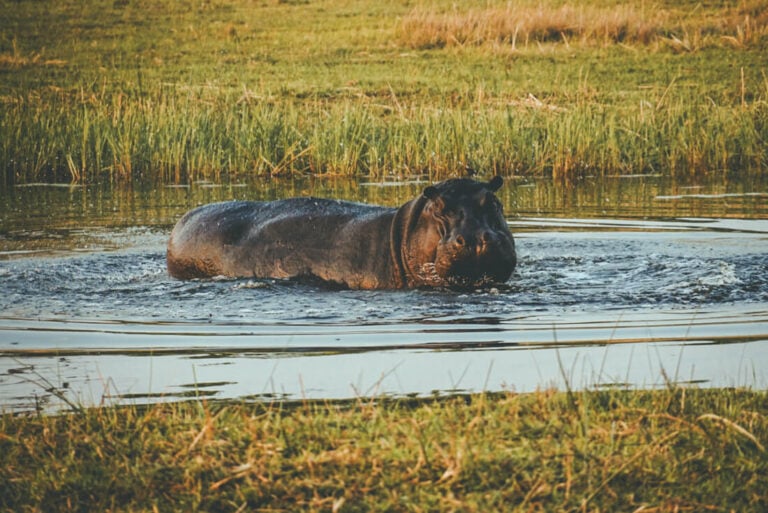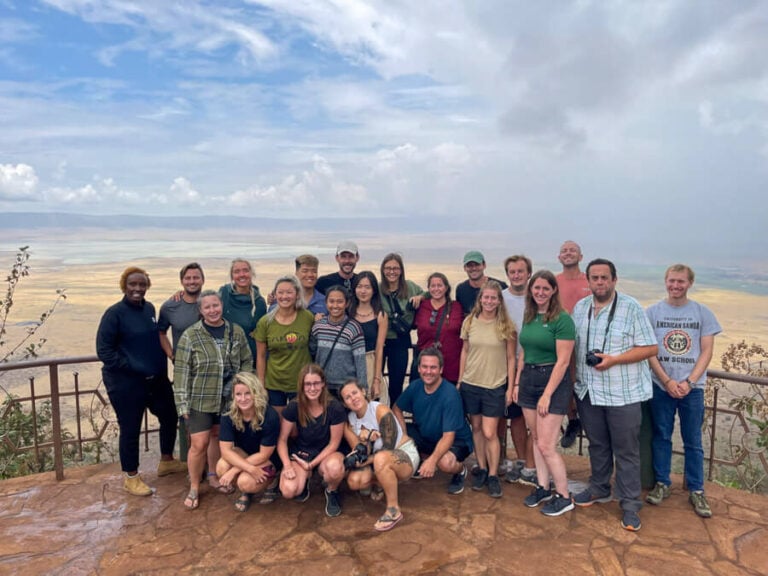Sustainable Travel: 13 Tips for Responsible Tourism

Sustainability is a hot topic right now, and there’s certainly an elephant in the room when it comes to global travel.
As someone who has spent the last few years travelling, I find sustainable travel very important. I’ve learnt the hard way that things aren’t always as they seem, and the choices we make as travellers are more important than ever.
In this post, I’ve shared some ways in which you can contribute towards responsible tourism and travel more sustainably. This can include little things like avoiding single-use plastic and choosing local businesses. But it can also mean travelling to alternative destinations and changing the way you travel.
I know it’s not always possible to be perfect, and no one is expecting that. But if we all make small changes, it can make a huge difference.
Sustainability might just seem like the latest trend, but threats such as climate change and economic instability are more significant than ever.
It’s so important that the tourism industry and tourists do their part to help.
Disclaimer: I’m in no way perfect when it comes to sustainable travel, and I’m not trying to be. This post is about how we can all do our part to help make a change for the better.
What is sustainable tourism?
When we talk about sustainable tourism, most people think it’s just about reducing our carbon footprint. Yes, that’s true. The fewer flights we take, the better. But sustainable travel goes well beyond this.
Sustainable travel is also about empowering locals, contributing to local economies, and ensuring our travels have as little impact on the local environment as possible.
There are three pillars of sustainable tourism: environmental, economic and social.
The environmental pillar is the one most people think about (as it’s arguably the easiest to follow). By simply reducing air travel and avoiding single-use plastic, we can contribute towards a more sustainable travel industry. However, this pillar also considers elements such as protecting local biodiversity, reducing waste and protecting natural resources.
The social pillar aims to support and empower local communities. This includes ensuring tourism contributes positively to locals’ lives and respects their culture.
Finally, the economic pillar aims to ensure that tourism contributes positively to the local economy. Jobs need to be given to the locals, the locals need to be paid fairly and the profit should stay within that country. (Put simply, choose local businesses).
As you can see, sustainable tourism goes well beyond avoiding unethical wildlife activities and reducing the number of flights we take. Below, I’ve discussed how we can all be more responsible travellers.
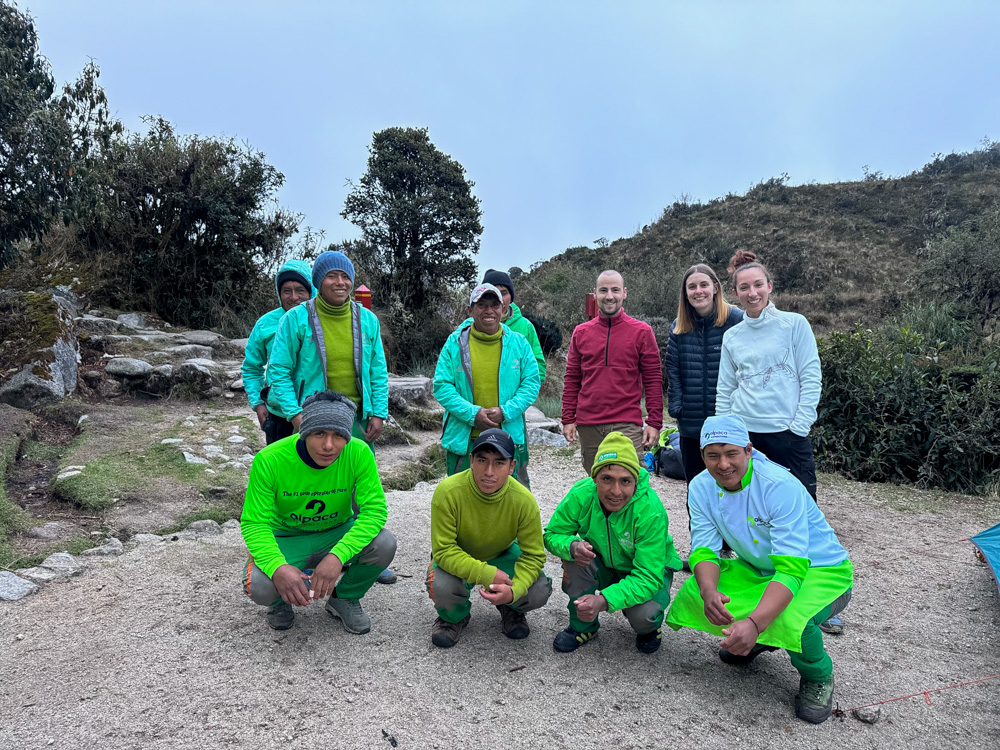
Tips for travelling more sustainably
Travel slowly when you can
Traveling as slowly as possible is a great way to travel more sustainably.
Not only does it reduce your impact on the environment, but it enables you to spend time in places, learn more about local life and see all that somewhere has to offer.
I’ve noticed that more and more travel influencers seem to be attempting to visit as many countries as possible in a short amount of time. For them, it seems to be much more about quantity than quality.
I know that slow travel isn’t always possible, especially when you only have a few days of annual leave. But if you can, consider spending time in one destination rather than trying to see several countries in a few days or weeks.
Utilise public transport as much as possible
Utilising public transportation is a great way to reduce carbon emissions when travelling.
The more people who hire cars, take taxis, and fly, the more fossil fuels are released into the atmosphere. If it’s doable and safe, consider taking public transport, such as buses and trains, to get around your destination.
Where this isn’t possible, take direct flights rather than connecting flights.

Support locally owned businesses and hotels
Supporting small businesses and locally owned hotels is a fantastic way to contribute towards sustainable travel.
Supporting a local business ensures your money stays within the country’s economy. When hotels or businesses have a foreign owner, most of the money leaves the country and contributes little to local communities.
While it still provides jobs, many of these are low-paid. It also prevents locals from being able to start their own businesses.
Choosing local businesses has become such an important part of travel for me. It’s something I’m very conscious of and always do my best to support.
You can often check who owns a business by looking at the website.

Avoid cruises, resorts and all-inclusive hotels where possible
On the topic of choosing local businesses, avoiding cruises and large resorts is an excellent way to do this.
Firstly, cruise ships and large resorts have a negative environmental impact. They destroy the surrounding environment, emit substantial amounts of carbon, and can impact ecosystems.
Cruise ships are especially bad. They pollute the oceans and often bring unmanageable numbers of tourists to cities and towns that lack the infrastructure to cope with them. The tourists often provide limited benefits to local businesses as they eat their food on the ship and stay in the immediate port area.
Large resorts are not much better, and for the most part, these tend to be foreign-owned. All-inclusive hotels significantly impact the surrounding area as they use vast resources and often don’t contribute to local businesses. If your hotel includes all your meals, why would you bother eating out?
I could easily write a whole essay on why it’s best to avoid large resorts and cruise ships when it comes to sustainable travel. However, I know many people enjoy these types of holidays.
So, what can you do to make better choices? Most hotels will share a little about themselves. Try to go to locally owned resorts if you can. It’s also worth looking for any environmental commitment. This might be using renewable energy, following sustainable practices, or supporting local conservation projects.
While it might take some research, there are many sustainable options out there.
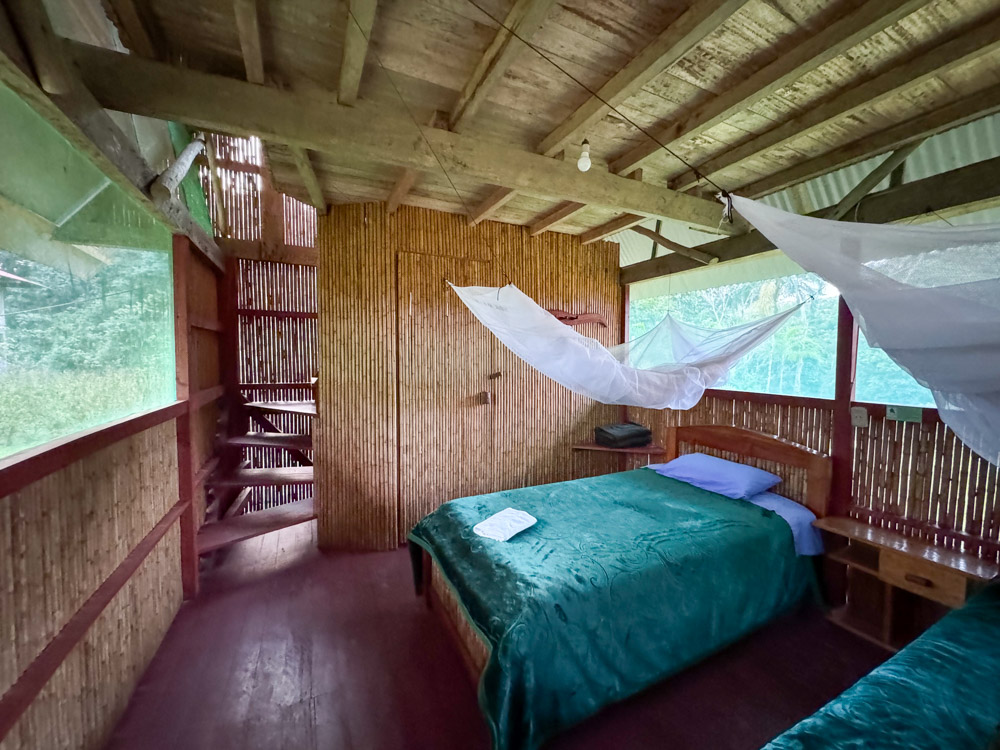
Research charities or conservation projects
Another great way to contribute to sustainable tourism is to support small local charities or conservation projects tackling environmental or social issues. Many of these projects are often open for tours or even volunteering days.
I’ve visited several local charities through my travels. This includes:
- A project in Uganda aimed at helping disabled women learn to create clothing garments
- A restaurant in Cambodia that trains locals how to cook (and by buying a meal, you fund the training)
- A sea turtle release project in Guatemala where you can watch baby turtles make their way to the ocean
- A beach clean-up in Costa Rica
They’re a fantastic way to support the local community and learn more about local cultures and their way of life.
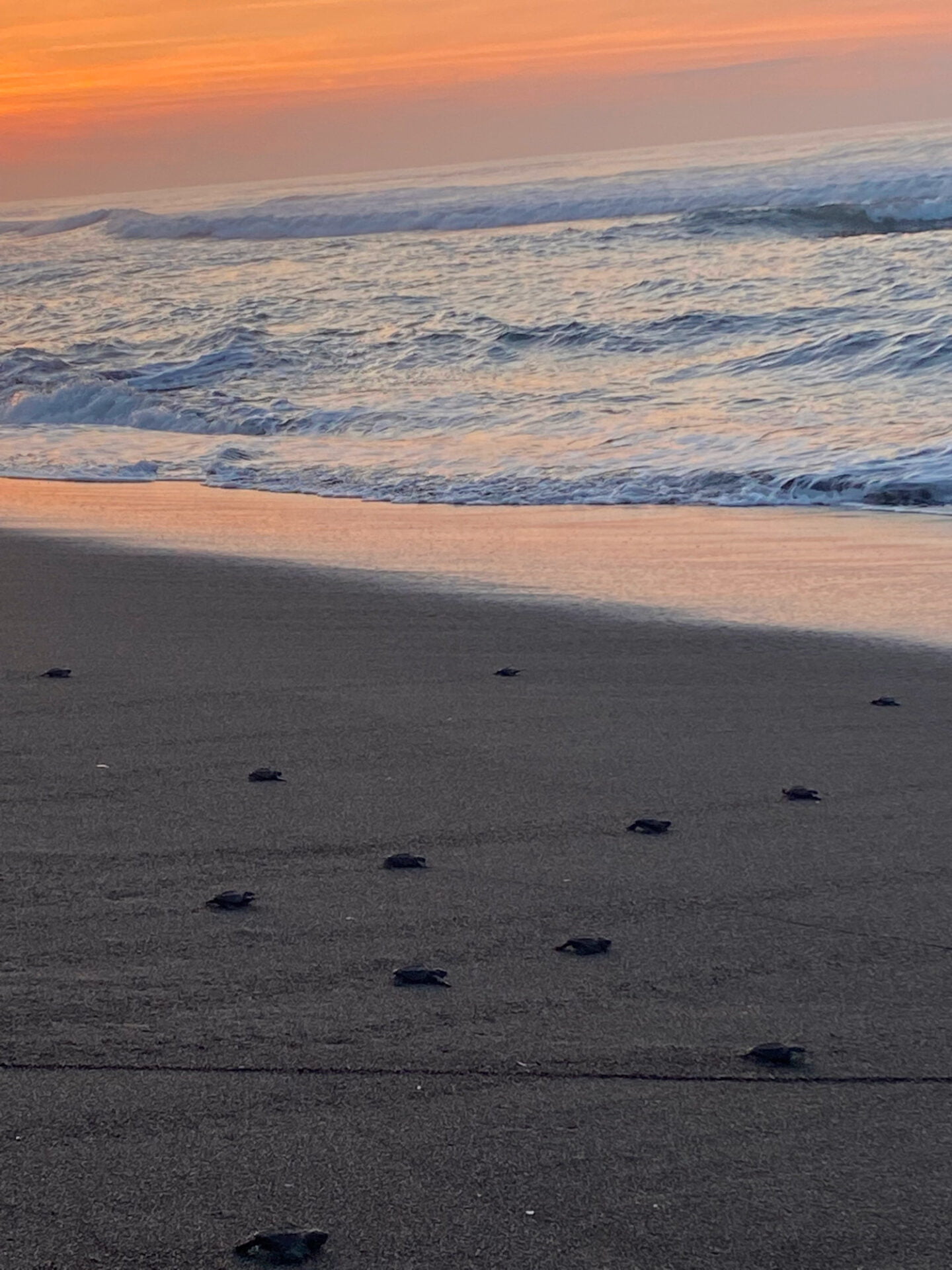
Be wary of voluntourism
If you do choose to support charities, it’s essential to be aware of voluntourism. This type of tourism is where travellers “volunteer” for local projects, such as teaching children or rescuing wildlife.
Sounds good? Sadly, it’s not always ethical. Voluntourism has become a profitable business, and sadly, there are many projects which exploit both humans and animals in order to earn profit. Mostly, these volunteering projects require participants to pay significant amounts of money to take part.
For example, you can pay $1200 per week to volunteer at an orphanage in Malawi or $900 per week to rehabilitate sea turtles in Sri Lanka.
Unfortunately, these projects often do more harm than good. I’m not going to get into the details here as the topic deserves so much more than a few sentences, but here’s a fantastic article to read about why you should avoid volunteering at schools and orphanages.
Wildlife projects can also be harmful. I’ve seen countless examples of rescue centres purposely keeping animals and humanising them purely to keep the volunteers coming in.
I’m in no way saying all volunteering projects are bad; there are some amazing ones out there. However, if you want to volunteer, it’s essential to do some thorough research beforehand.
The best way to do this is to look at the following:
- Am I qualified for this role, or will I receive appropriate training? (If you’re not a teacher, should you be teaching children?)
- Who owns the charity or project, and what is their background?
- Is this short-term or long-term? (short-term options tend to be more tailored towards tourists)
- How much are they expecting me to pay? (Yes, centres need to cover operating costs, but you should not be expected to pay large sums of money)
- What has the project contributed long term?
I’ve often found that volunteer projects related to research/data collection, planting trees to rescue local ecosystems or rebuilding coral reefs are the most legit, but it’s still important to check.
Sadly, voluntourism is becoming a global issue, and we, as tourists, must be more mindful of it.
I recently saw an influencer on TikTok advertise a “group trip” to volunteer at an orphanage in Kenya like it’s the latest trend. It’s so frustrating, and I hope it will change in the future.

Question any activities involving wildlife
It’s essential to be wary of any tourist attraction that involves animals. Sadly, animals are exploited all around the world for profit, and the negative impacts can be extreme.
Often, businesses disguise themselves as ‘rescue centres’ when, in reality, the animals are there so tourists can take photos for social media.
I’m working on a separate post which discusses how to avoid animal exploitation. In the meantime, here are some red flags to look out for:
- Does the centre let you get close to or touch the animals? (such as bathing elephants in Thailand)
- Have wild animals been taken from their natural environment for the sake of humans? (such as dolphin or orca shows)
- Are animals being kept captive for no reason? (such as some turtle ‘rehabilitation’ centres or general animal rescue centres open to the public)
- Does the activity aim to get you as close as possible to wild animals? (such as swimming with whale sharks in the Philippines)
It can be hard to distinguish between what’s ethical and what’s not, but these questions are a great starting point. If the answer to any of the questions is yes, it’s likely not an ethical or sustainable activity.

Try and travel to less-visited destinations
Mass tourism is becoming a huge issue worldwide. These days, it only takes a couple of popular TikTok influencers to talk about a place for it to increase in popularity.
Sadly, mass tourism has few benefits. For the most part, local infrastructures are not designed to cope with large numbers of tourists, especially over short periods of time.
Secondly, it can significantly impact the quality of life for locals and wildlife. Prices increase, everyday activities become difficult due to the sheer quantity of tourists, and more infrastructure needs to be built which causes biodiversity loss. Not to mention the pollution caused by the increase in tourists.
If you want to travel more sustainably, try to travel to alternative destinations. There are so many wonderful countries and places which are overlooked. Travelling outside of the peak season also helps. You’ll bring in much-needed business to the local economy and avoid the worst of the crowds.
Choose tour operators carefully
Sometimes, it’s easier to book a tour. Whether it’s a day tour to a local attraction or a multi-day tour around the country, tours take the stress out of travel.
If you join a tour, select an operator that follows sustainable tourism practices. This might include:
- Being locally owned
- If it’s a global company like G Adventures, they only hire local guides
- Staying in local accommodation
- Has a clear commitment to sustainability on their website
- Supporting local charities and projects
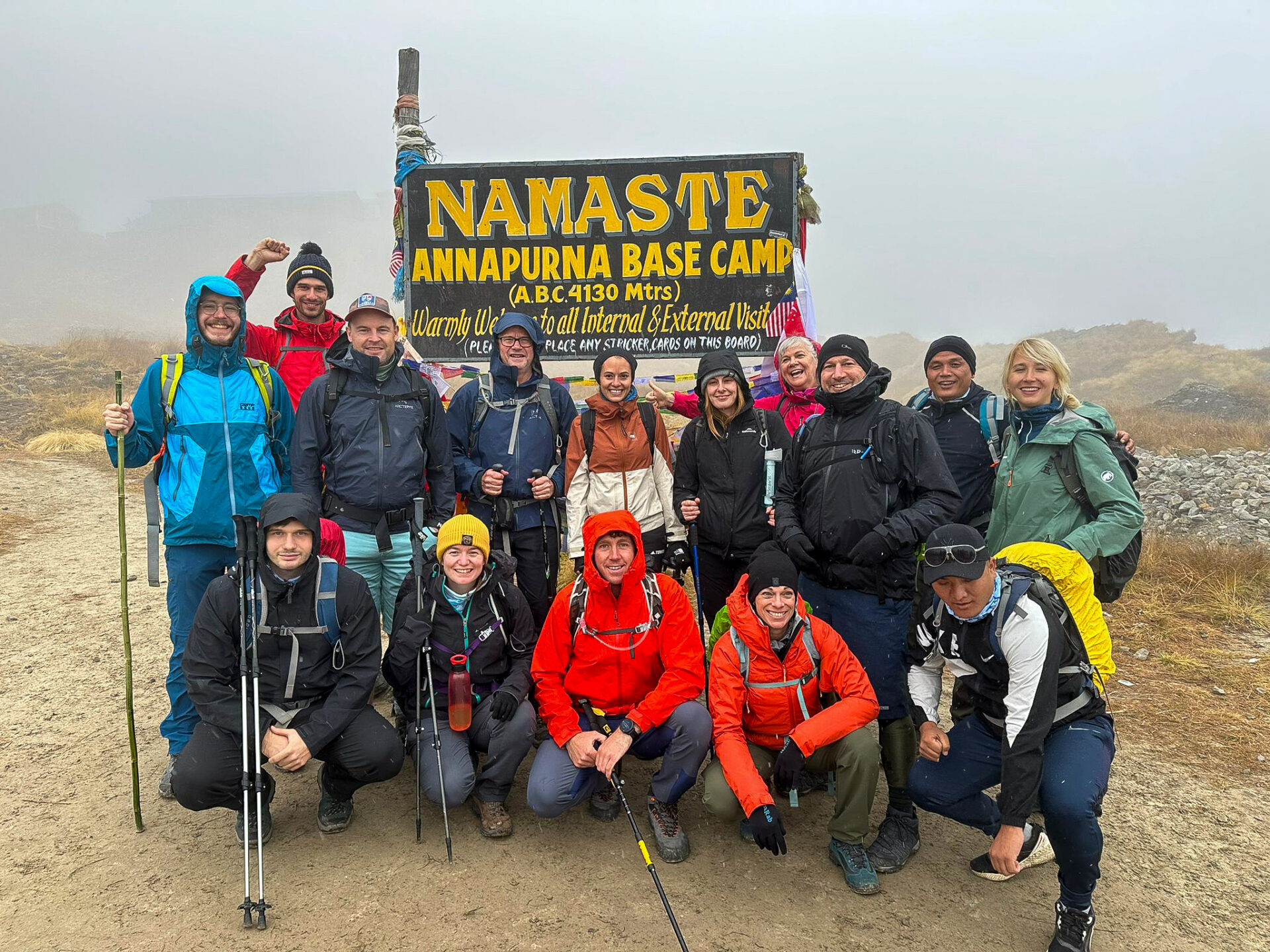
Leave no trace
One of the biggest rules of travel, as cliché as it sounds, is to leave no trace. If there are no bins for your rubbish, take it with you.
No one wants to walk through the mountains along a trail filled with garbage or lie on a beach surrounded by plastic.
Take any litter home with you, and don’t leave any traces that you were there.
Try to avoid single-use plastic
Another great way to travel sustainably is to avoid single-use plastic.
Sadly, many developing countries are overwhelmed by plastic in their environment. Large corporations and tourists bring in plastic waste, and these countries have nothing they can do with it. This leads to pollution, which harms the environment and wildlife.
At the very least, try to travel with a refillable water bottle. This prevents the use of single-use plastic bottles and saves you money.
If there’s nowhere to fill your bottle, consider a LifeStraw. These handy bottles filter out bacteria and parasites so that you can drink tap water from anywhere. I’ve used mine all around the world, including South America and when hiking in Nepal. It’s fantastic.
I know it’s hard to always be environmentally friendly when travelling; you have to be practical too. But carrying things like a reusable water bottle, a reusable tote bag, and even reusable cutlery can really make a difference.

Respect local culture
Respecting local people is an important part of sustainable travel.
When you travel, you are a guest in someone else’s home. Try not to cause a nuisance or destroy their environment by dropping litter.
It’s also important to respect their culture. It might differ from yours, and you may disagree with some things, but that’s all part of the travel experience.
Eat local food
Food is a huge part of travel for me. I love nothing more than trying local foods and flavours. And the great news is that eating locally is a fantastic way to contribute to sustainable tourism.
Eating local foods and dishes will likely reduce your carbon footprint. Traditionally, most local specialities are based on foods that can be easily sourced within a country.
For the most part, eating international foods often means importing huge amounts of ingredients.
If you want to cook yourself, local markets are a great place to start.
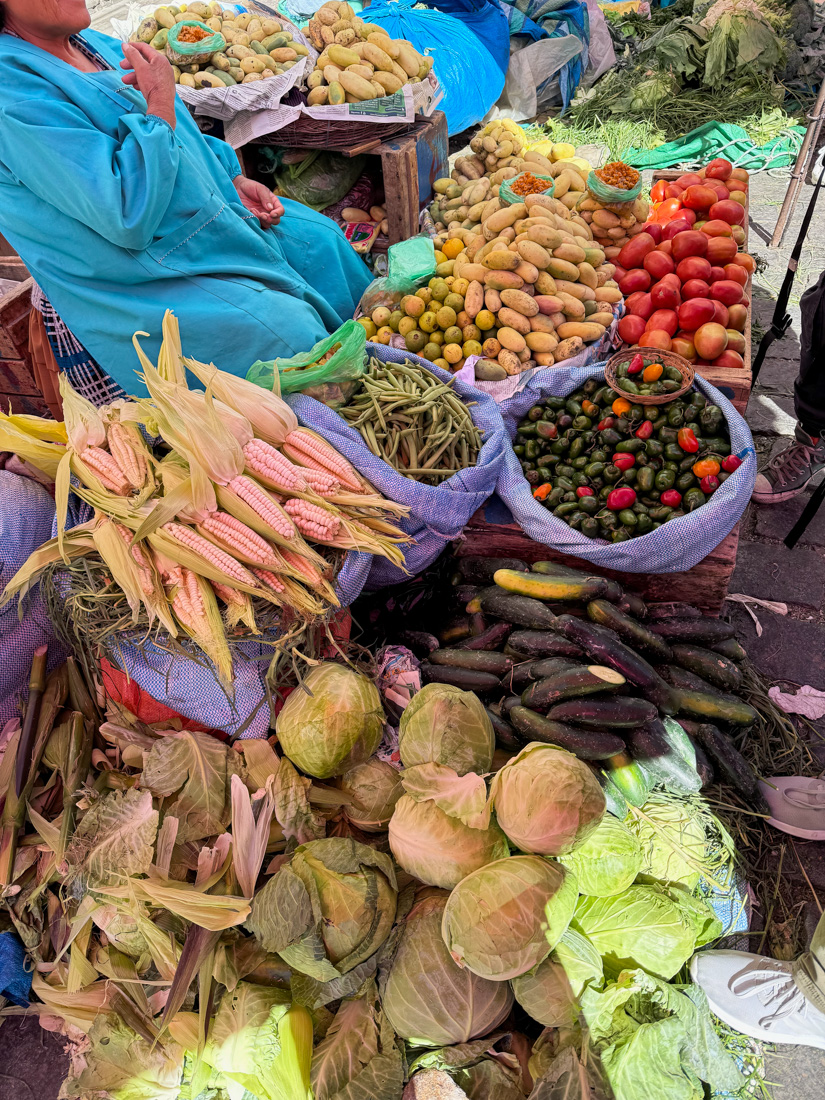

Summary: Can tourism be sustainable?
Yes, I truly believe travel can be sustainable. Taking a flight will never be good for the environment, but the benefits tourism can have for individuals, local communities and even wildlife can’t be ignored.
We can travel for good and with purpose. However, to protect our planet for future generations, we need a more sustainable travel industry.
While your travels may seem insignificant in the grand scheme of things, we can all play our part in sustainable tourism and take small steps to help make a change.
This post only scratches the surface of sustainable tourism. If you can, I highly recommend watching The Last Tourist documentary. It exposes unsustainable tourism practices worldwide and shares some great ways about how we can travel for good.

